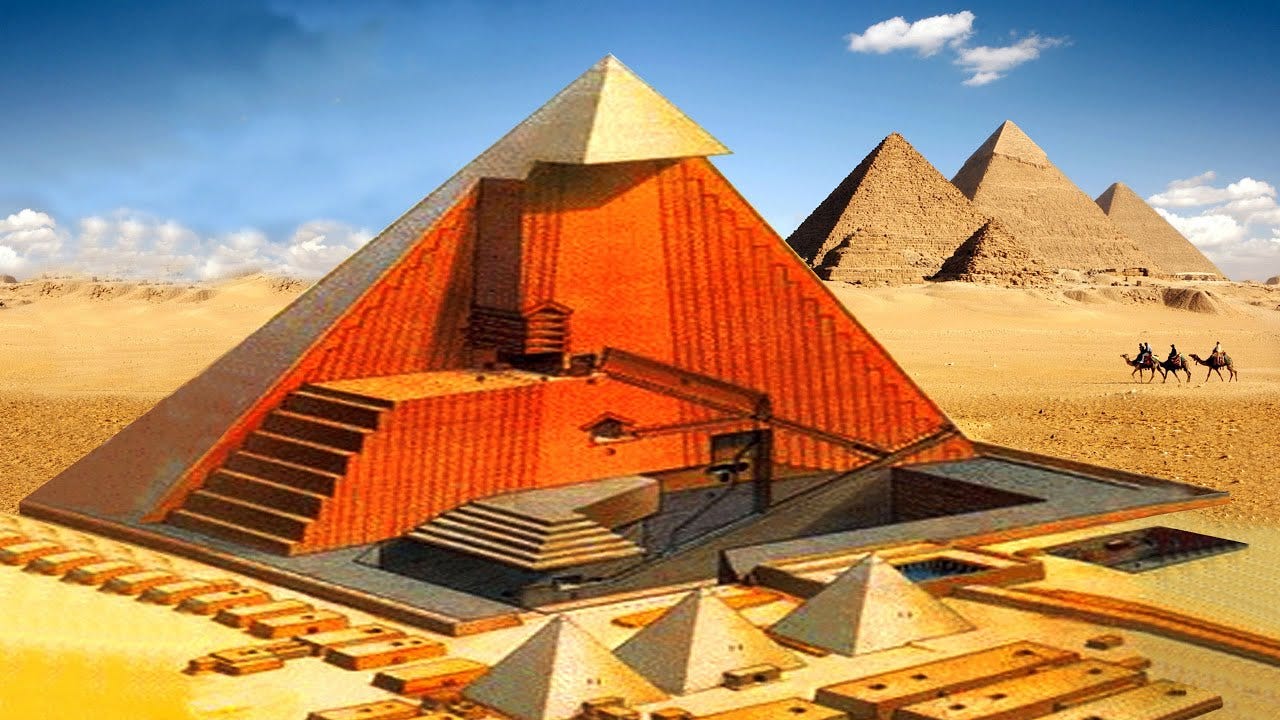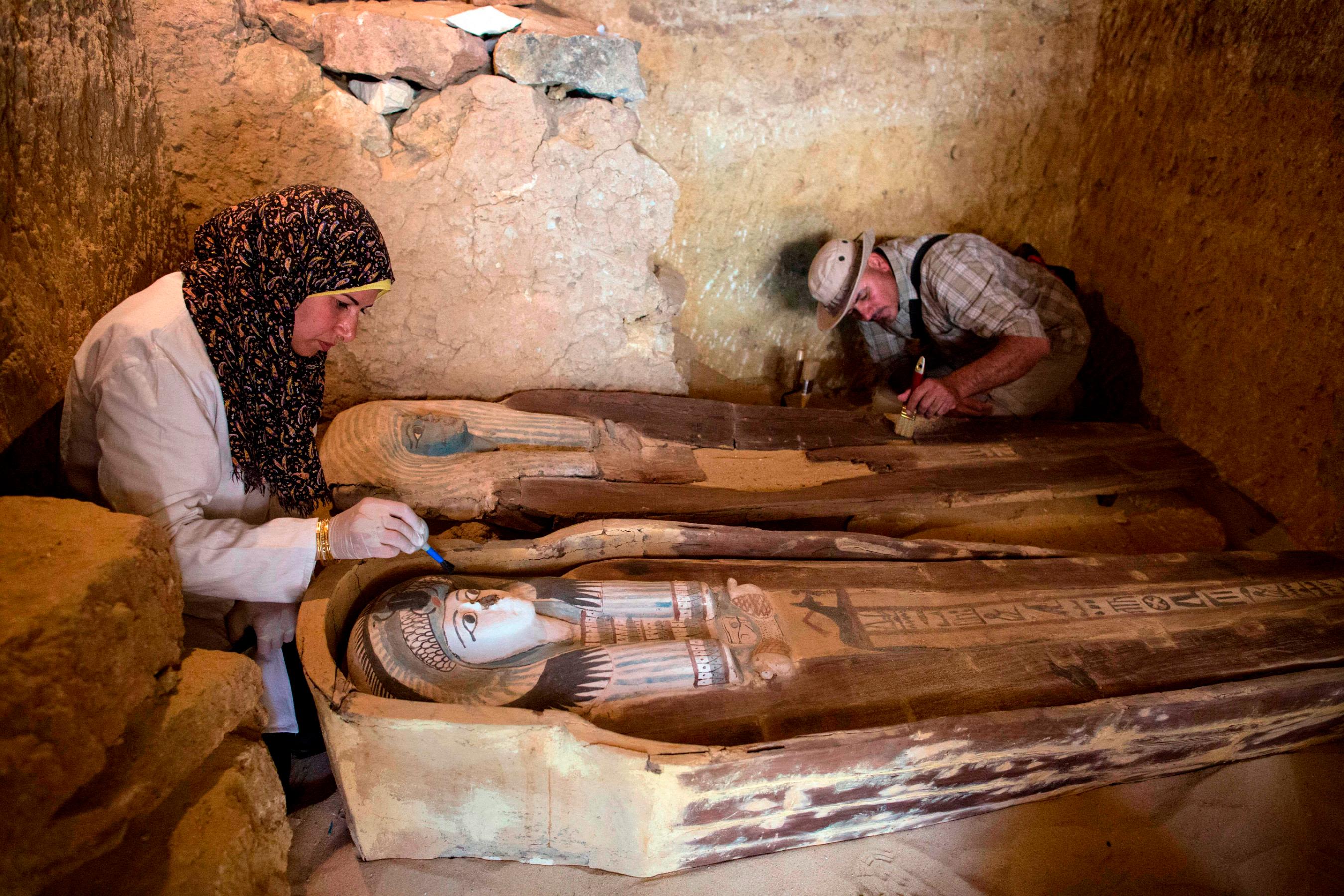Flashcard: Prehistoric and Egyptian Architecture Prehistoric Architecture (11600 BCE – 3500 BCE)
1/4
There's no tags or description
Looks like no tags are added yet.
Name | Mastery | Learn | Test | Matching | Spaced |
|---|
No study sessions yet.
5 Terms

Prehistoric Architecture (11600 BCE – 3500 BCE)
Invention of architecture: Early structures from fibrous materials.
Housing materials: Timber with post-and-lintel, mud-covered roofs, stone in Northern Europe.
Stone structures: Cromlechs, tombs, and ceremonial mounds (e.g., Newgrange, Ireland).
Geometric design: Inspired by the sun and moon; functioned as calendars (e.g., Stonehenge).

Characteristics
Monumental, massive, and geometrically precise structures lasting ~3000 years.
Orthogonal planning; built along the Nile River (North-South, East-West orientation).
Materials: Stone for temples/pyramids; mud bricks for domestic use.

Key Structures
Pyramids of Giza: Symbolic, geometric precision (Cheops, Chepren, Mycerinus).
Temples: Hypostyle halls, pylons, obelisks (e.g., Temple of Amun-Re at Karnak).
Mortuary Complex of Zoser: Designed by Imhotep, first known architect.

Architectural Principles
Axial symmetry, hierarchy, abstract symbolism, and formulaic design.

Cultural Significance
Tombs symbolized eternity, reflecting religious beliefs.
The Nile River unified civilization and influenced architecture.